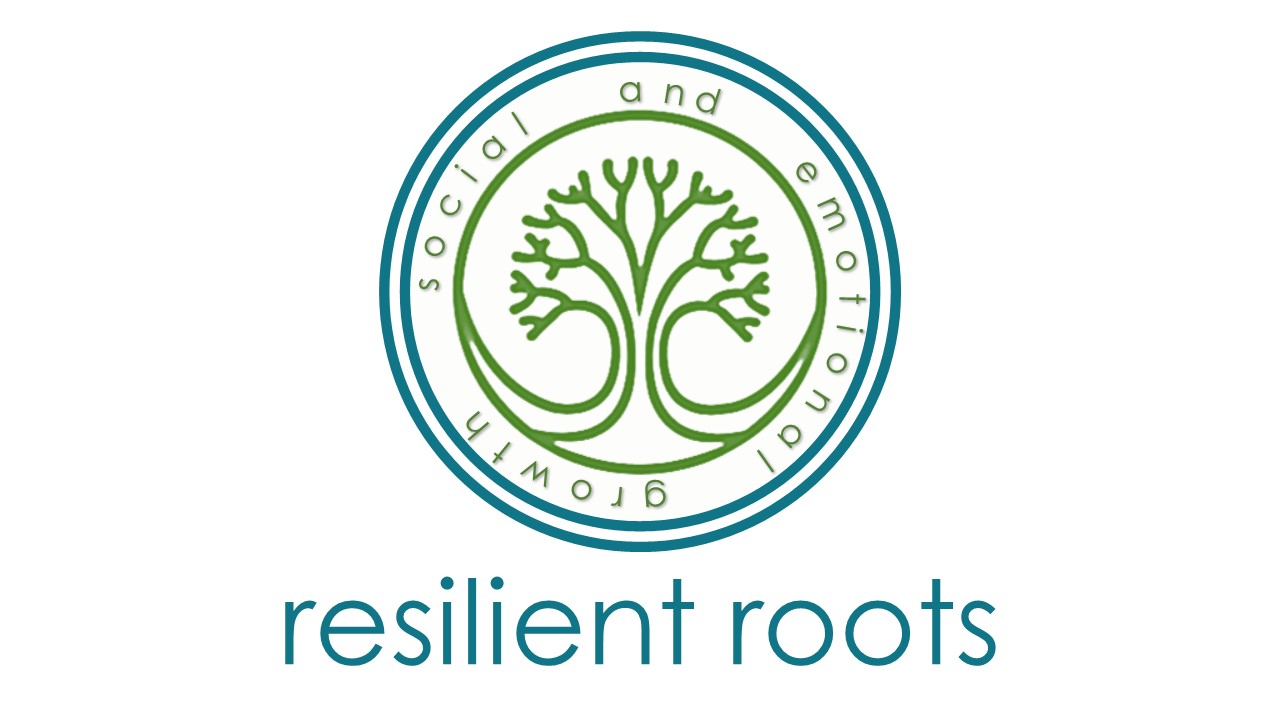F.A.Q.
Q: How do we begin services?
A: Referrals can be made by the child’s parent or guardian as well as through other service providers. There is a referral form available on the website and families can call directly to schedule an appointment. In the first appointment, the parent(s)/caregiver(s) will complete necessary paperwork and a diagnostic interview will be completed with the child and family. In this appointment, the family will share their concerns and other important information regarding the child. The therapist will discuss recommendations and work with the family in developing treatment goals. Typically, children and families will then begin weekly therapy appointments in the office following their initial appointment.
Q: What does therapy look like for young children?
A: It is normal for families to enter services not knowing what to expect and have questions about what therapy looks like for children, especially children under the age of five. Because we do work with young children, we do not expect them to sit down and talk about their problems. Young children simply do not have the language skills to communicate like older children or adults, and therefore, play is often used in therapy as a way for a child to express and process their feelings. Individual play therapy has been found to be effective therapeutic approach for children experiencing social, emotional, and behavioral problems. Also, we work closely with the child’s caregiver as their involvement in treatment is imperative for obtaining positive outcomes. This is especially true for children who have been placed in foster care or have been adopted - it is important to have interventions that work to enhance the caregiver’s ability to understand the meaning behind the behaviors of their child. Treatments that have been found to be helpful for behavioral problems include components of attachment theory such as psycho-education and child-family therapy interventions which focus on the relationship between the child and primary caregiver.
According to the theory of attachment, the first year of an infant’s life is a critical opportunity for development and forming attachment. The biological aspect of attachment is significant because it is a part of a human being’s survival tactics to bond and form relationships. Infants rely solely on their primary caregiver to protect and provide for their needs. Factors such as the primary caregiver, the environment, and the child itself influence the variations of attachment. Furthermore, attachment theory argues that the bond developed between a child and their primary caregiver largely influences the child’s psychological development and outlook on relationships all throughout their life (Hardy, 2007). Through working closely with the child’s primary caregiver, therapy can help a child with a history of trauma experience the feeling of safety and security in relationships.
Q: Are there any misconceptions around early childhood mental health?
A: There are a lot of misconceptions when it comes to early childhood mental health. One misconception is that if a child has a behavioral issue, then that child will “eventually grow out of it”. This is not always true and it is better to address the issue early on then to wait until it becomes a greater problem. A young child’s social-emotional and behavioral problems have been found to be a predictor of problems in school (Briggs-Gowan & Carter, 2008). In addition, the problematic behaviors established in early childhood can later lead to severe behavior problems in school-aged children and adolescents (Campbell and Ewing, 1990; Webster-Stratton & Ried, 2003). Preschoolers who exhibit significant behavior problems are more likely to experience future problems as adolescents; such children are at greater risk to use drugs, be involved in the court system, be rejected by their peers, be depressed, and dropout of school (Campbell, 1994). Therefore, effective early intervention programs are essential for young children at-risk for social-emotional and behavioral problems.
Another misconception is that children with significant behavioral issues are “bad” or must have a “bad parent”. Raising a child is no easy task, especially a child with ongoing emotional and behavioral struggles. A review of the literature has shown that the development of a child’s emotional or behavioral problems is complex and can be influenced by a number of factors (Hester et al., 2004). Risk factors contributing to the social-emotional development of children include low socioeconomic status, being a victim of abuse or neglect, and other socio-cultural factors (Jenson & Fraser, 2011; Conduct Problems Prevention Research Group, 1992). In addition, characteristics of the parent such as the parent’s educational level, parental substance abuse, and the parent-child interaction can play a significant role in a child’s development of behavior problems (Hester et al., 2004). Characteristics of the child such as temperament and physical health can influence a child’s functioning as well. For example, an infant’s temperament has been found to be correlated with future behavioral problems. Infants who had trouble in regulating negative emotions were found more likely to be noncompliant as toddlers (Stifter & Spinrad, 1999). Identifying risk factors at an early age may be helpful in providing treatment for young children. Early detection and intervention can make lifelong changes for children at-risk for emotional or behavioral disorders (Hester et al., 2004).
-Brittany Jaspes, LISW-S

